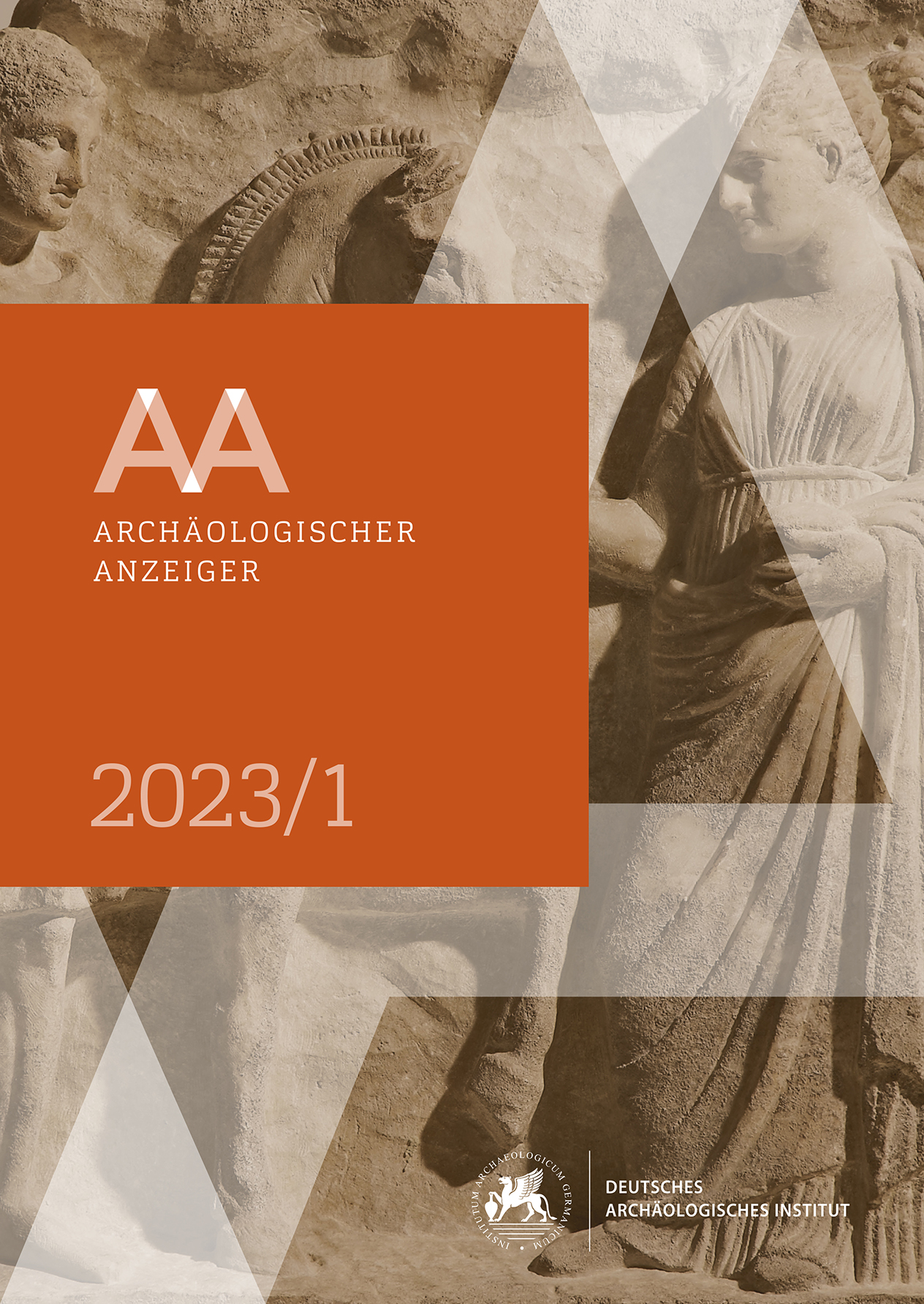The Sculptures of the Archaeological Museum of Thessaloniki
Characterization of Marble and Workshops
https://doi.org/10.34780/423x-dn42
Abstract
This combined archaeometric and archaeological study complements the Catalogue of Sculptures of the Archaeological Museum of Thessaloniki. The systematic archaeometric analysis of 96 sculptures using a combination of optical, isotopic and spectroscopic techniques has shown that in Thessaloniki and in central Macedonia the marbles used in Antiquity for sculpture came predominantly either from quarries in Thasos Island and mainland Macedonia or from quarries in southern Greece, especially Mount Penteli and Paros; marbles from Asia Minor were also occasionally used. Based on these results we investigated the sculptural production of Macedonia from the beginning of the 5th century B.C. to the beginning of the 5th century A.D., taking into account a number of sculptures whose marble could be identified either macroscopically or using the results of earlier analyses. The stylistic analysis suggests that the local workshops could use not only local but also imported marbles. We have also been able to show that ready-made works of sculpture were imported to Macedonia and that immigrant artists produced sculptures using not only imported but also local Macedonian marbles as well as from the island from Thasos.
Schlagwörter:
Thessaloniki, Northern Greece, ancient sculptures, workshops, marble provenance, isotopes, Electron Paramagnetic Resonance Spectroscopy, grain-size, Thasos, Penteli, Vermio, Paros, Proconnesos, Göktepe, Afyon/Dokimeion





